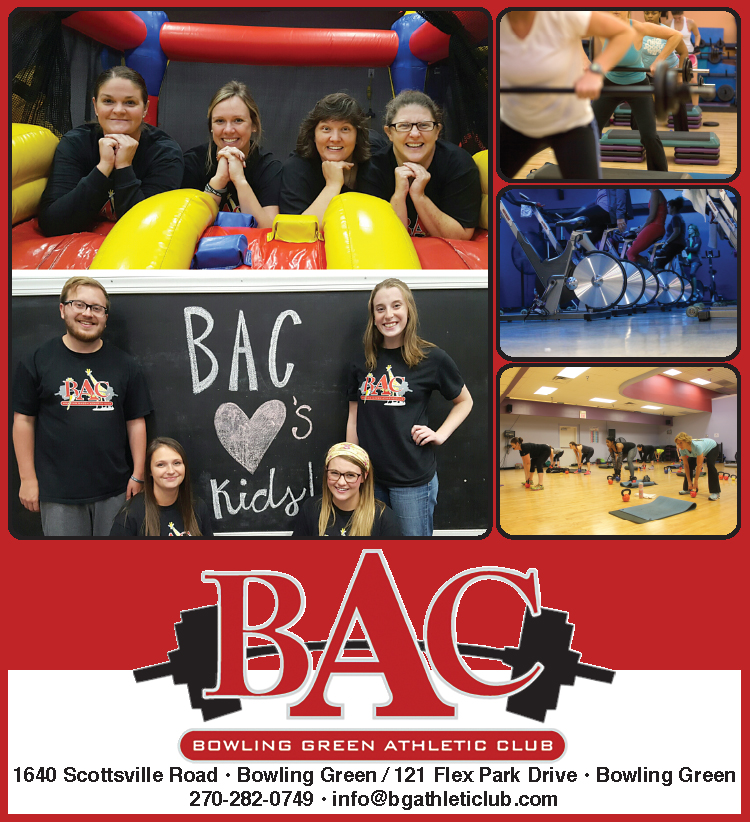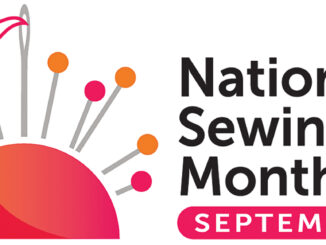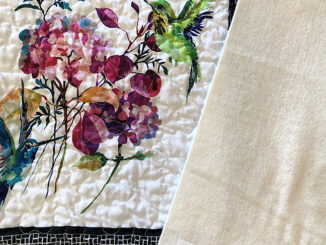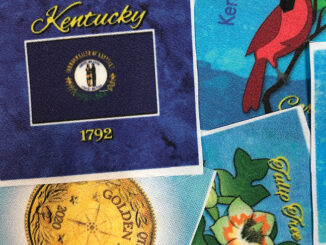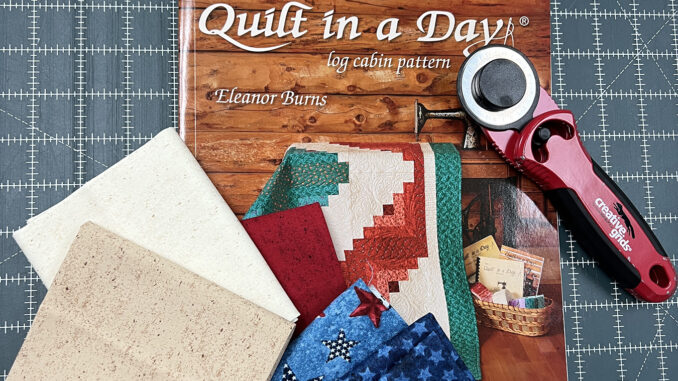
March is National Quilting Month and Saturday, March 18 is Quilter’s Day Out. Quilter’s Day Out was first celebrated in Kentucky in March 1990 by the Kentucky Heritage Quilt Society. The following year, the National Quilting Association passed a resolution to take the celebration nationwide. Today, Quilter’s Day Out is a well-established celebration in the quilting community. Local guilds and quilting groups offer various activities on the third Saturday in March to celebrate the art of quilting.
Quilting continues to be a very popular activity although our great-grandmothers might not recognize many of the tools and patterns we use today. I do think, though, they would marvel at the aids we have today, and I am sure they would have used the tools had they been available.
The rotary cutter (a tool that looks similar to a pizza cutter) certainly revolutionized quilting when it was introduced in 1979. Around the same time, Eleanor Burns published her first “Quilt in a Day” book: “The Log Cabin Quilt,” which continues to be published today. Her instructions, which incorporated using the rotary cutter, allowed a quilter to complete a quilt top “in a day.” The Log Cabin pattern has started many quilters on their piecing journey. I often recommend this book/block to beginning quilters.
The Log Cabin block itself has been around in different variations for several hundred years. Although we think of this pattern as American, evidence of it exists in Scottish and British museums. In America, the Log Cabin block became very popular around the time of the Civil War and afterwards, although it was used prior to that. The popularity in the latter part of the 1800’s is often attributed to President Lincoln’s close identification to a log cabin as well as the westward expansion where “cabins” were the first housing of many settlers.
Traditionally, the block features a center square, surrounded by “logs” or fabric strips. Usually, half the strips are light colors and the other half dark. The blocks can then be laid out in a variety of patterns such as “Sunshine and Shadows,” “Straight Furrows,” and “Barn Raising.” The center square is often red, signifying the hearth, or “heart” of the cabin. The light strips are said to represent the daylight side of the cabin and the good things in life: weddings, babies, family, friends, etc. The dark strips represent the shadowed side of the cabin and the “dark” side of life: death, divorce, or disaster.
As with most quilt patterns today, there are many different ways to make the blocks. Several companies make special Log Cabin rulers to assist you in cutting and piecing accurate blocks. You can also make the quilt very scrappy by using fabrics from your stash, or purchase coordinated fabrics.
The Log Cabin block also has several construction variations including the Courthouse Steps, Quarter Log Cabin Block, and Half Log Cabin Block. These are constructed in a similar manner to the basic block but fabric color placement can vary. One variation pictured with the article is “Geese in the Cabin,” which adds triangles in the corners to create “Flying Geese” moving through the blocks. This variation also uses the Creative Grid Log Cabin Trim Tool Duo Ruler to make accurate 10” finished blocks.
Quilting continues to be a creative craft enjoyed by many. If you are interested in learning about quilting or would like to add to your quilting skills, we offer quilting classes at The Sewing and Vacuum Center and The Kentucky Quilt Company. Recent offerings have included the Introduction to Free Motion Quilting, Beginning Quilting, and English Paper Piecing. A class list is available at the store or you can call and be added to our e-mail list. We also carry a variety of quilting tools, notions, fabrics, and machines to help you make a quilt to share with your loved ones!
-submitted by The Sewing and Vacuum Center


